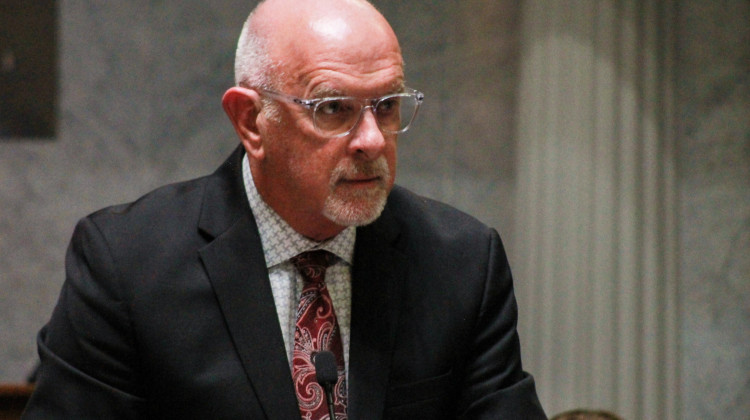The Perseids meteor shower has been observable for about a month, but visibility will peak this Thursday or Friday.
Meteor showers are bits of debris from a comet. In this case, the Comet Swift-Tuttle. The shower is named ‘Perseids’ due to the constellation of origin. Earth’s atmosphere and the debris path intersect, causing the dust and ice burn up in the sky, creating the visual effect.
Astrophysicist Matt Merlo of the University of Southern Indiana said it’s best to watch between midnight and 2 a.m., on Aug. 12, away from the bright city center.
“It's a nice little light show that is very impressive to witness in person,” Merlo said. “And it's kind of hard, watching a video or looking at pictures, it's hard to really appreciate the grandeur of what's happening in the night sky.”
He said for the most visibility, turn your back on the Cassiopeia constellation and watch for meteors that way.
While this is a great week to see the remnants of Comet Swift-Tuttle blasting across earth's atmosphere, you might not know that it was a hoosier who discovered why meteors blast across earth’s atmosphere.
This was Daniel Kirkwood, the first astronomer at Indiana University in Bloomington. He passed away in 1895.
“He was the one who discovered that meteor showers occur when the earth crosses the orbits of comets,” said Catherine Pilachowski, professor of astronomy at Indiana University in Bloomington. “So he was the one who figured out why we have the Perseid meteor shower to begin with.”
Aside from the Kirkwood Observatory, you can see his name all over Bloomington. She said watching these comet particles is a way to be closer to nature.
“They've been traveling through space for billions of years. And this is the end of them. And they're basically joining the earth at this point. So it's kind of a connection between our space and the bigger universe out there that we don't see in this sort of ephemeral way very often.”
 DONATE
DONATE







 Support WFYI. We can't do it without you.
Support WFYI. We can't do it without you.